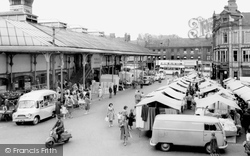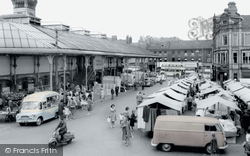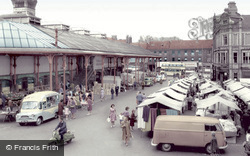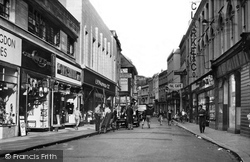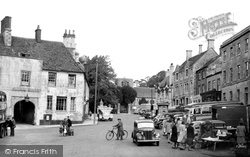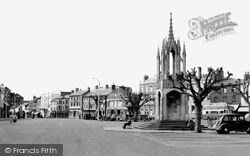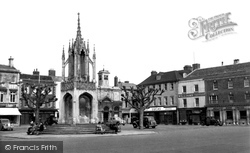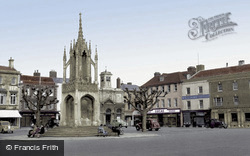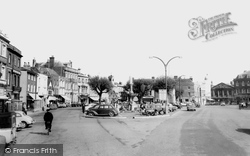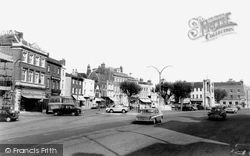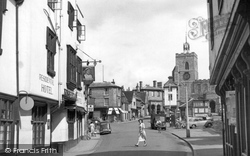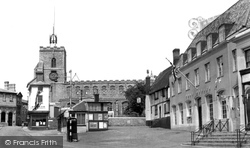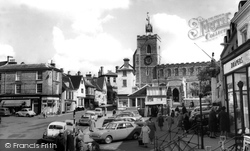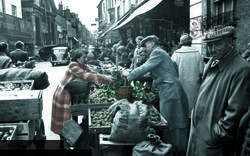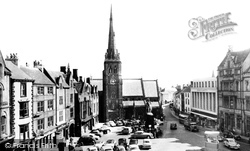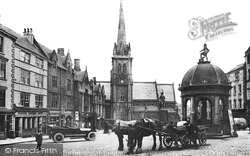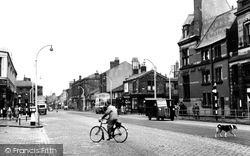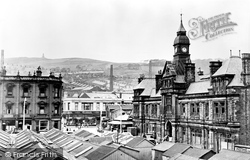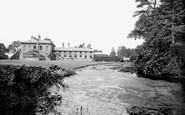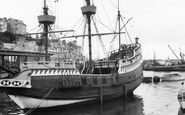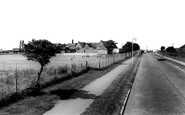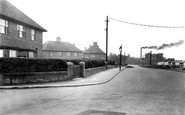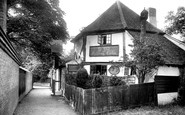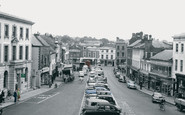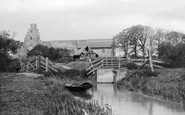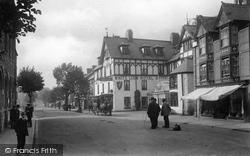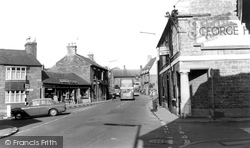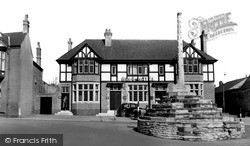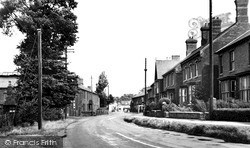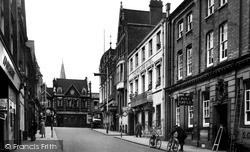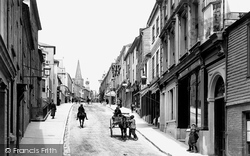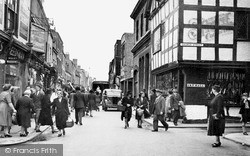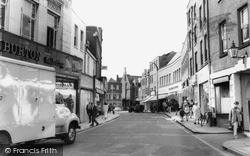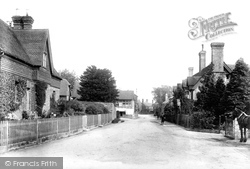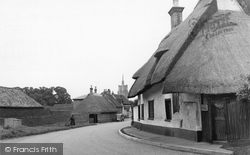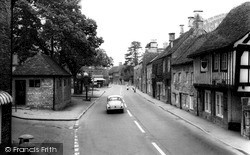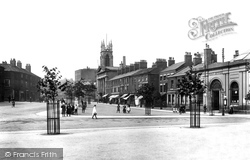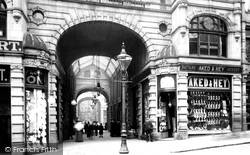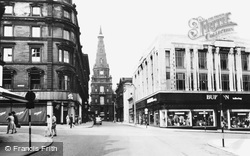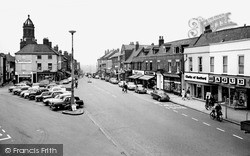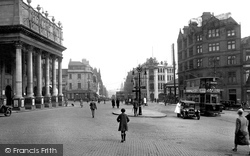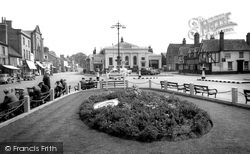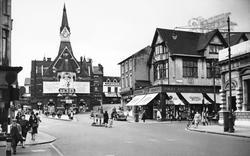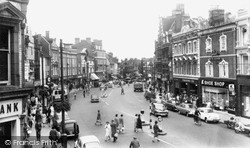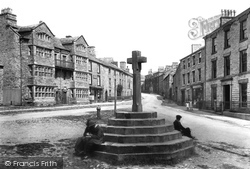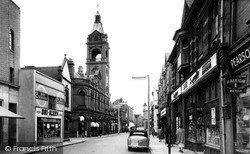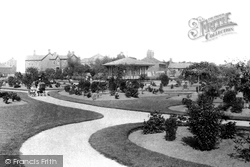Places
31 places found.
Those places high-lighted have photos. All locations may have maps, books and memories.
- Market Harborough, Leicestershire
- Market Drayton, Shropshire
- Wickham Market, Suffolk
- Market Deeping, Lincolnshire
- Market Rasen, Lincolnshire
- Downham Market, Norfolk
- Market Warsop, Nottinghamshire
- Market Weighton, Yorkshire
- Market Bosworth, Leicestershire
- Needham Market, Suffolk
- Thorpe Market, Norfolk
- Burnham Market, Norfolk
- Pulham Market, Norfolk
- Betton, Shropshire (near Market Drayton)
- Market Stainton, Lincolnshire
- Market Weston, Suffolk
- Elmstead Market, Essex
- Market Lavington, Wiltshire
- Market Overton, Leicestershire
- Soudley, Shropshire (near Market Drayton)
- Oakley, Staffordshire (near Market Drayton)
- Longford, Shropshire (near Market Drayton)
- Sutton, Shropshire (near Market Drayton)
- Blore, Staffordshire (near Market Drayton)
- Lightwood, Shropshire (near Market Drayton)
- Rosehill, Shropshire (near Market Drayton)
- Knighton, Staffordshire (near Market Drayton)
- Moor End, Yorkshire (near Market Weighton)
- Little London, Lincolnshire (near Market Rasen)
- Wacton Common, Norfolk (near Pulham Market)
- Friday Street, Suffolk (near Wickham Market)
Photos
4,675 photos found. Showing results 861 to 880.
Maps
142 maps found.
Books
Sorry, no books were found that related to your search.
Memories
1,393 memories found. Showing results 431 to 440.
Scout Camps
Members of the 2nd St Mary's Scout Troop Market Drayton were allowed to camp at one of the farms on this estate. Major Harding lived in the house, he was the Area Scout Commissioner and even though he only had one arm (lost during ...Read more
A memory of Old Springs in 1951 by
Dancing At The Brixham Heritage Festival 2008
One of the week long programme of events for the Brixham Heritage Festival is morris dancing on the old Fish Quay. Grimspound Border Morris entertained the crowds first. They "blacked up" in the ...Read more
A memory of Brixham in 2008 by
Growing Up In The Avenues
I left school in 1965, Ogley Hay Girls' School, my maiden name was Kathleen Cooper. My birth father was George Kelly although I was brought up by my grandparents, Nell and Gerald Cooper. I loved the avenues, everyone ...Read more
A memory of Brownhills in 1965 by
Memories Of My Childhood In Rossington.
My story starts on the 1st of March 1950, the date of my birth at Doncaster Royal Infirmary. My parents Jack & Mary Flather lived in Old Rossington at 65 Haigh Crescent, living with relatives (Guy) ...Read more
A memory of New Rossington in 1950 by
Whitethorn Morris Dance In Front Of Ye Olde Fighting Cocks
Although this ancient inn is protected and little changed over the years, the surrounding landscape is now attractive with paving, seats and trees by the edge of the millstream which ...Read more
A memory of St Albans in 2008 by
Helmshore 1950 1964
We lived at No 23 Broadway, Ronald my dad, Ruth my mum, Colin, me, Glenda and Kenneth. Next door was a working farm as the houses had only just been built. On Thursdays they used to run cows from the railway station to the ...Read more
A memory of Helmshore in 1950 by
Memories Of A Youth
I remember when there were two fishmongers in Earlestown, Lyons's fishmongers in Bridge St. and one whose name I can't remember in Legh St., now we have none. We also had two picture places, the Rink where the Police ...Read more
A memory of Earlestown in 1960 by
My Time Near Andover
WE were married in July 1966. As I was stationed at Middle Wallop, after our honeymoon in London we caught the train to Andover and stayed for 2 nights at the White Hart (is that the name? Opposite the old bus station near the ...Read more
A memory of Andover by
All Countryside
When I was born, Basildon was not built. I was born in Pitsea, when it was all country side. Although my mum took me back to London after the war, I returned to Pitsea often to stay with my grandparents. It was the happiest time of ...Read more
A memory of Basildon in 1940
Burgh Church
The photo shows a rowing boat which probably belonged to my great grandfather "Busky Tripp" who ferried people across the river at the nearby staithe. He also rowed to Lowestoft fish market and back nearly every day with a ...Read more
A memory of Burgh St Peter in 1890
Captions
2,297 captions found. Showing results 1,033 to 1,056.
Leland wrote that Bala had 'a little poore market' in the 16th century. This vast Victorian hotel, with its half-timbered detailing, is a feature of the High Street.
On the road to Market Harborough, Desborough is a small town with various ironstone cottages and inns.
Another view of the Market Cross, this time looking north, shows its knobbly crockets to their best advantage. The cross at the top of the shaft was lost many years before.
Thrapston is a small medieval market town engulfed in 19th- and 20th-century housing and factories.
From the Hind Hotel we walk down Market Street and turn right down Midland Road. All the buildings on the left have been replaced by the modern Swansgate shopping centre.
The settlement was probably established in Saxon times, though it did not become an important trading centre until the Abbot of Buckfast established a market here in 1219.
The most famous Shambles is in York but many towns had their shambles or meat market at one time.
the relatively small shop sizes the larger retail chains, such as Boots and Burtons, have moved to bigger and better premises in the new Horsefair development - a successful retail location between the Market
It had a weekly market from 1253 until it was closed in 1982. The last bare-fisted boxing match was held in Wadhurst in 1863. The street is now very busy with traffic and people.
Leland wrote that Bala had 'a little poore market' in the 16th century. This vast Victorian hotel, with its half-timbered detail, is a feature of the High Street.
The thatched Chantry House, on the right, survived the devastating fire of 1795, which destroyed many of the older buildings in this once prosperous mediaeval market town.
The High Street runs along the east side of the market place.
It was here and on the Market Place that local people met to protest about unemployment and hardship in the years following the defeat of Napoleon.
Building commenced on the site of the former red brick market in 1891 to the designs of the local architects Joseph and John Leeming.
This stylish Burton's tailoring shop was built in 1932; it replaced many small shops along Old Market and Princess Street. Originally, the upper floors contained a billiard hall and a skating rink.
This was the original site of the huge cattle market. In the 19th century the street was lined by saddlers, but these premises gradually closed when horses gave way to the horsepower of cars.
The Theatre Royal on the left was built in 1865 by William and John Lambert, and designed to dominate the view up Market Street.
A 'tidy' view of Market Square complete with flower beds, mown grass and full benches just before opening time. Many of the buildings surrounding the Square show evidence of ancient origins.
Being originally a market place and meetings venue, the focal point of the Corn Exchange was often used to highlight social campaigns such as the National Savings promotion shown here.
The market entrance has yet to be demolished, and Marks and Spencers has not yet replaced the buildings to its left.
Askrigg was already prosperous when the Domesday book was compiled, and continued as the commercial and industrial centre of Upper Wensleydale until 1699, when Hawes was granted a market charter.
In the High Street, also known as Market Street in 1622, the chemist's (on the left) occupies part of a 16th-century building of the continuous jetty type.
Designed by Thomas Robinson and completed in 1887, the red-brick town hall deserves a more spacious and prominent setting than Market Street.
By the 18th century, Ormskirk was already an important agricultural and market town, but with the arrival of the railway in 1849 it rapidly developed as an attractive residential area for Liverpool's prosperous
Places (31)
Photos (4675)
Memories (1393)
Books (0)
Maps (142)


